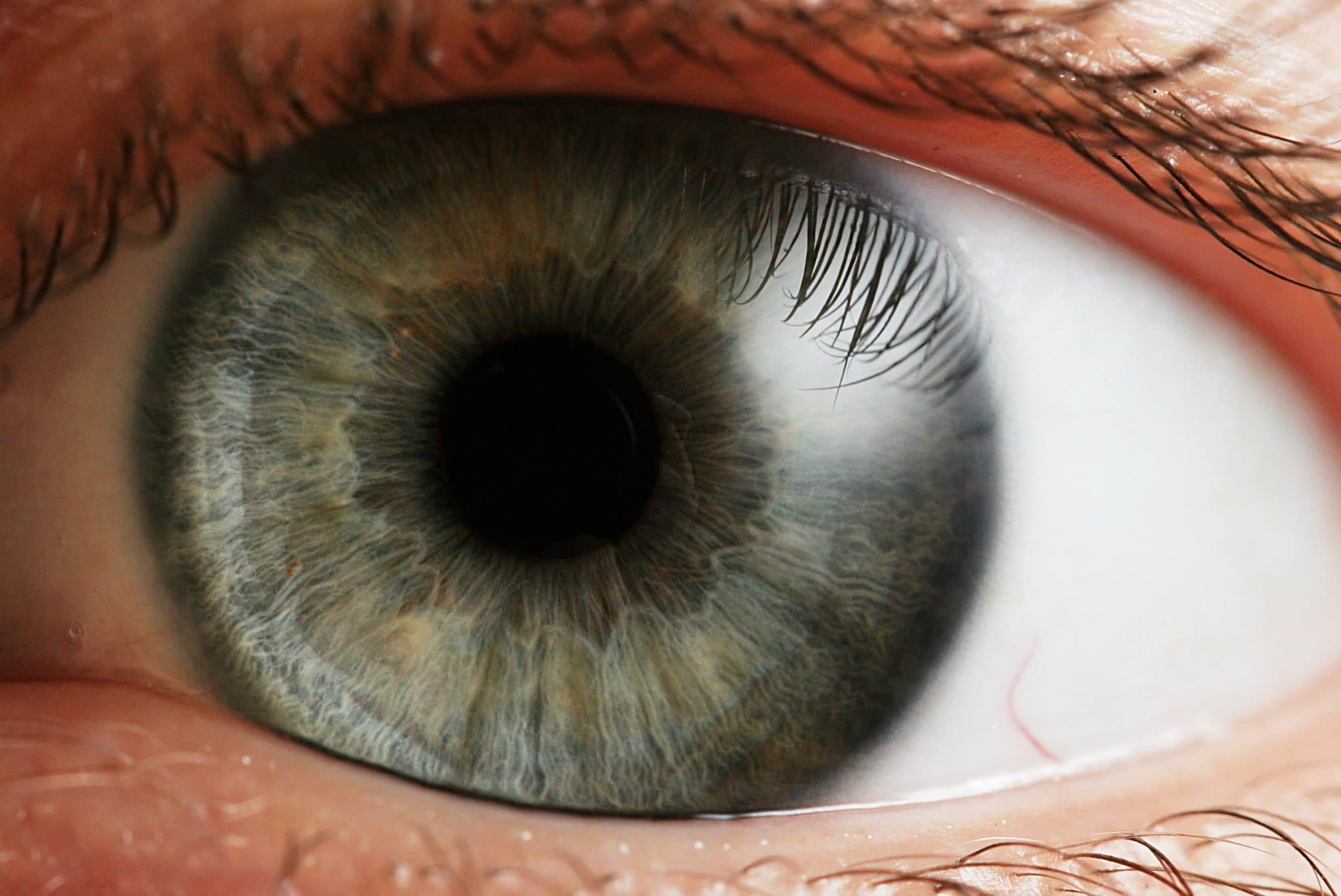Strategic marketing examples of perceived value pricing.
Every day we are immersed with retail, from shops and storefronts to online and brochures through the door.
During our favourite programmes and films, we are enticed by the visual and aural sensation of television advertising.
Even in the grip of the recession, seeing the rise of discount stores like Poundland, people have still bought premium products and services as they always have.
Why is this?
While many were short of funds, why would one buy a Cadbury’s chocolate as opposed to an own-brand bar?
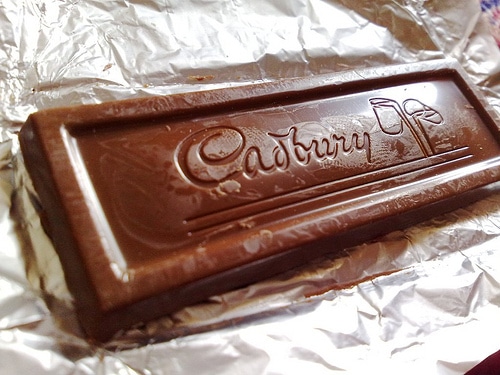
Why were Levis still a stylish pair of jeans, or how come so many people again bought the latest iPhone?
As consumers, we are aware of the value.
It’s crucial for us to consider what we are purchasing and whether the money asked for is fair.
This is Actual Value, where a good or service is measured in monetary terms, minus any considerations (such as depreciation in the example of insurance or vehicle agreements).
The concept is straight forward, though calculations can be complex.
Its counter-part, Perceived Value, is more abstract and open to interpretation, but it’s use and affect in retail is astounding.
Perceived value is the worth a product or service has in the mind of the consumer.
Hence, a customer’s perceived value of a product or service determines the price he or she is willing to pay for it.
Also known as value in marketing, perceived value is subjective, based on qualitative measures such as emotional, social and cultural factors.
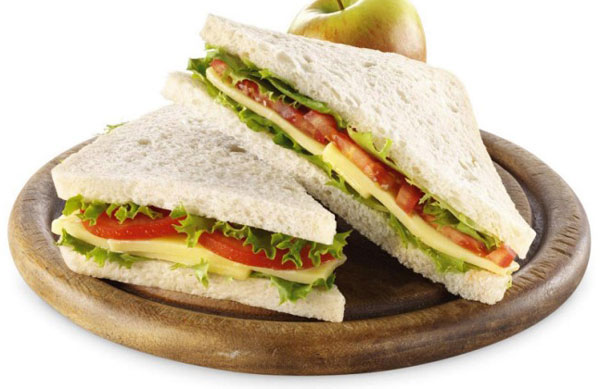
Take a cheese and salad sandwich, for example.
A popular vegetarian lunch option, which is what it is; two pieces of bread, cheese filling with lettuce leaves and the occasional slice of cucumber or tomato.
Delicious, but by all means, a product which satisfies a physical demand, i.e. hunger.
Served on a plate with the bread face up, it appears bland and purely functional.
If the same sandwich was served, on the same plate, but this time has one slice (let’s say triangle halves) facing upwards allowing the contents to be revealed, the experience has completely changed.
All of a sudden, we experience the colours, the texture and ‘size’ of the sandwich.
We can almost visually ‘taste’ the sandwich without taking a bite.
With this new perception, our expectation is raised, and our feelings towards the product would be that much more positive, that we would be willing to pay extra.
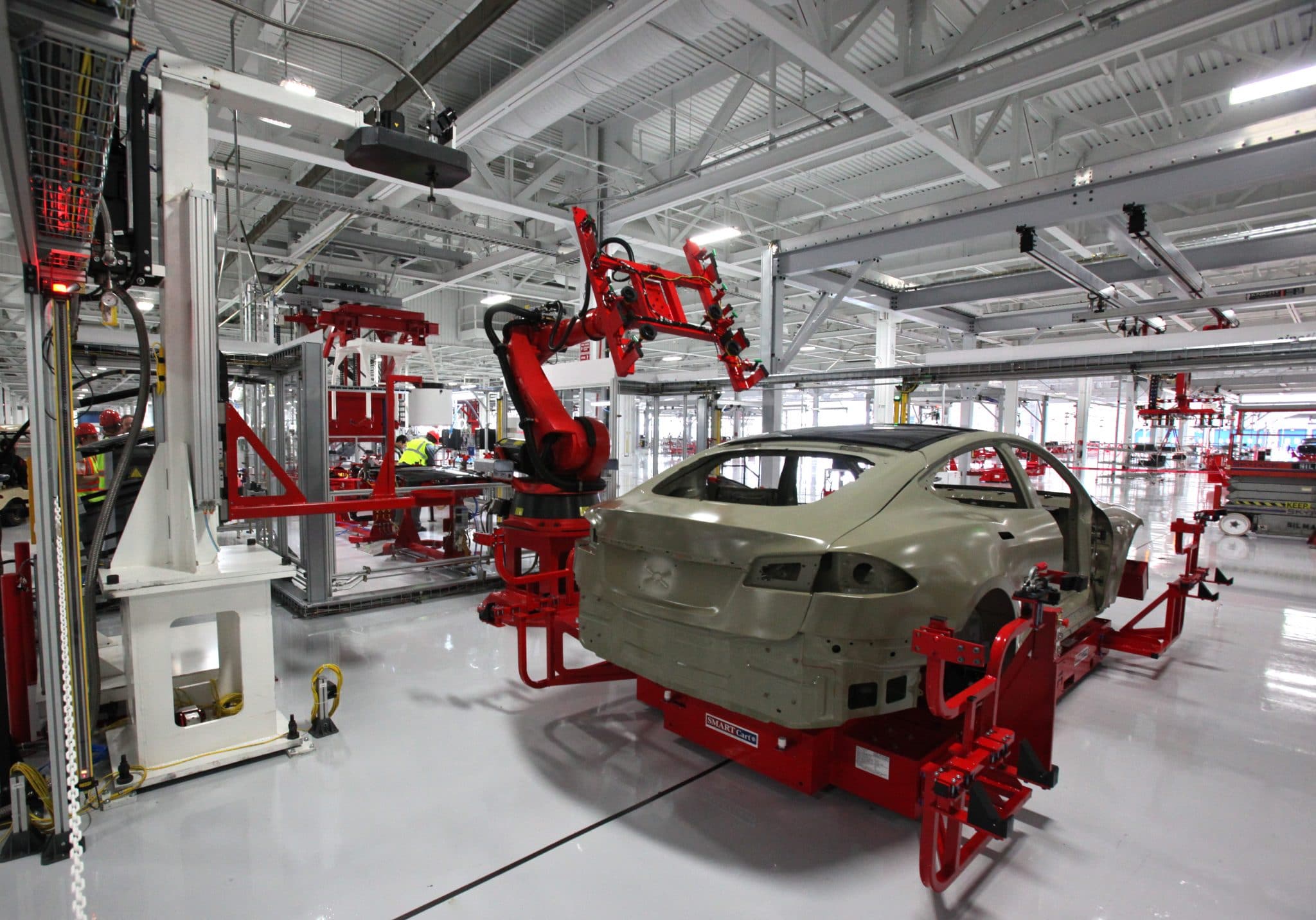
Another example of perceived value is car manufacturing, especially automobile doors.
It is common knowledge that low-frequency sounds imply heavy-duty, solidarity and superior quality.
To meet the ideal low end ‘clunk’ of a door closing, various patents have been filed to achieve this end result.
The most common method is filling the door cavity with a dampening material.
The result is a deep sounding ‘clunk’ when the door closes, giving the customer the perception it is superior quality.
It is that sound that reassures the customer that the car is safe, and convinces them it is a better quality buy.
Today we are surrounded by countless fragrance commercials and even technology brands such as Beats By Dre.
Their products are by no means a league apart from the competitors, but the endorsement from celebrities has given some brands an edge of quality through association.
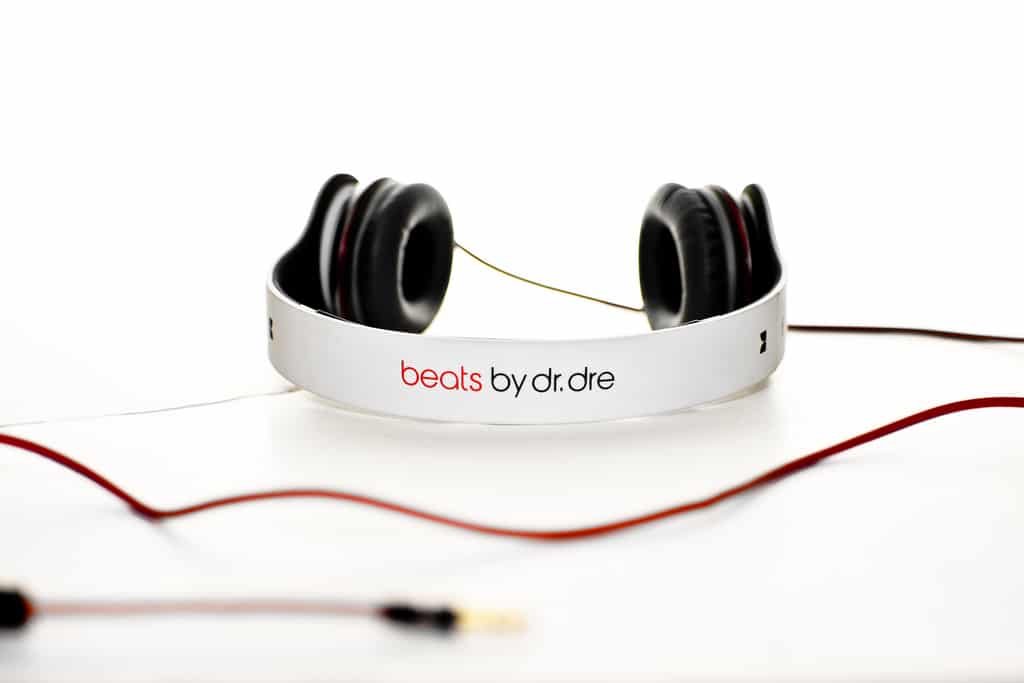
Others meet the results of a better-perceived value by merely increasing the prices.
Higher prices often show premium products and many customers would happily pay extra for what they feel is a superior option.
Another method of increasing perceived value is to show a brand or product with awards and achievements and offering long term warranties to exude confidence.
Domestic appliance firm Miele offers a two-year warranty as standard as opposed to the regular twelve months.
It became the premium choice for appliances.
Perhaps it is the case of advanced engineering, but it’s pricing, and extended coverage set it’s self apart from the cheaper options.
An advocate for perceived value is Bar Rescue’s Jon Taffer.
From the serving and presentation of food and beverages, there are various methods used to captivate the customer’s perceived value.
Restaurants could charge extra for their products based on features not limited to warm lighting, heavy-looking fixtures, attentive customer service, product knowledge and much more.
All of these practices are used to increase the perceived value, elevating the customer experience and as a result, allowing for premium pricing.
Perceived value shares similarities with the Blue Ocean strategy.
It is creating a new demand for an existing product by changing the way a product or service is marketed.
Though a product or brand may share qualities with another, marketing it as different sets it apart from the competitors, and ultimately being different gets you noticed.
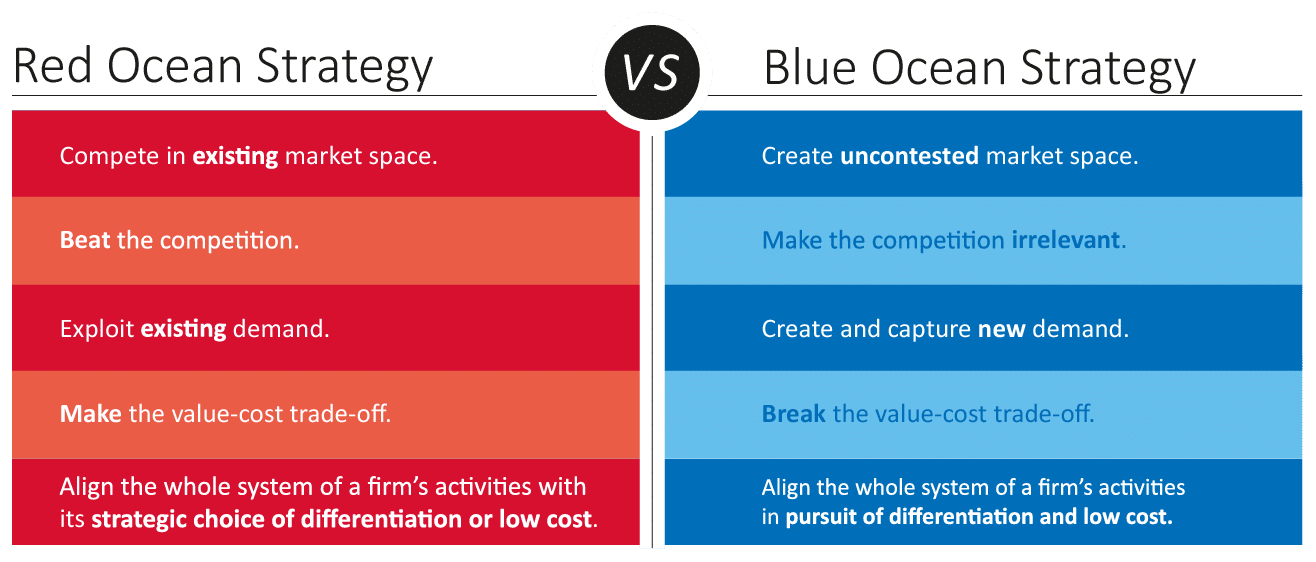
The concept of perceived value also indicates what consumers yearn for.
People want quality and would happily pay for it.
Features not limited to product benefits, seals of approval and well-designed packaging would call for more appeal as opposed to a cheap price tag.
Along with a higher price tag, the customer is given the feeling of prestige.
Exactly how the leading fashion and fragrance brands have been successful for so long, they give a feeling of quality the customer desires to buy into.
Over the last decade, there has been a real influx of products that align themselves with ethical standpoints, such as; Non-animal tested, Rainforest alliance, gluten-free, fair-trade, organic, vegan-friendly, recyclable and many more.
These have surged as consumers have become more conscious with their purchasing decisions.

It is popular opinion that companies should show social and environmental responsibility, to improve the world.
Ideally, these would be practices that wouldn’t need advertising as they’d be standard practices across all companies worldwide. However, some businesses are yet to catch up with consumer morals.
In the meantime, logos and phrases associating a product with ethical causes gives the product or brand additional perceived value, conveying it as the ethical choice, the healthier option or the most responsible purchase.
Ultimately, we give our lives value, and some convey this through consumption.
From the food we eat, what we wear, to the way we travel and so forth, our choices help define us by buying into brands and ideologies we relate to.
Whether our purchasing is based on recall of brand experiences accessed within our subconscious, an emotional reaction based on something perceived in the here-and-now, perceived value is abundant and agreeable on one side, and it is profitable for business.
It is empowering for the customer to give them the extra satisfaction with their choices.
That in mind, for retailers, entrepreneurs and brands alike, perceived value is a highly recommended approach to integrate into your brand strategy.


